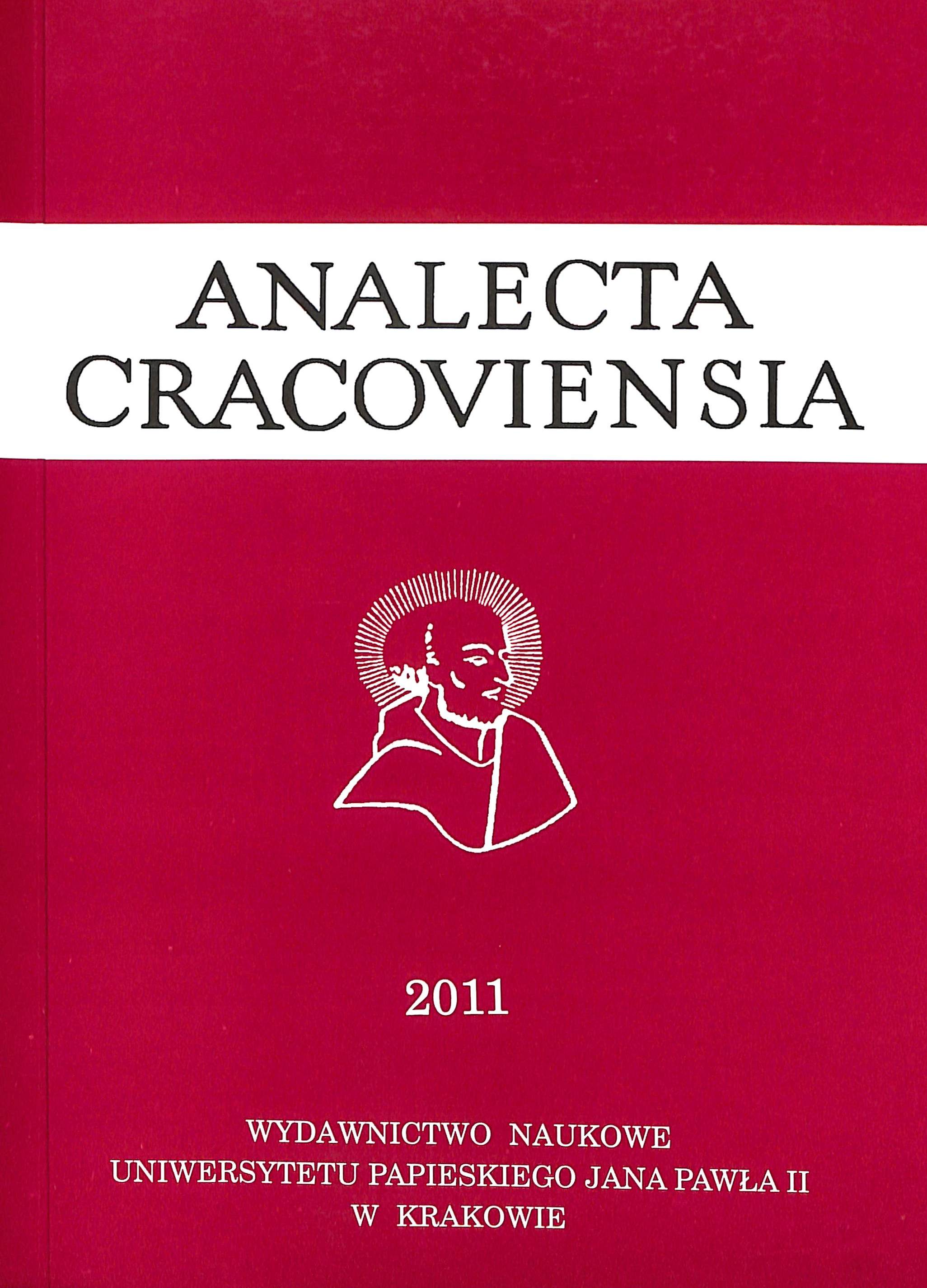Księgozbiór ks. Sebastiana Sierakowskiego SJ i jego „opus vitae”: „Architektura obeymuiąca wszelki gatunek murowania i budowania”
DOI:
https://doi.org/10.15633/acr.4321Słowa kluczowe:
Sebastian Sierakowski SJ, księgozbiór, Biblioteka Jagiellońska, traktaty architektoniczneAbstrakt
Since 1825, in the Jagiellonian Library there are books given by the former rector of the University and its generous benefactor, Fr. Sebastian Sierakowski. Among more than 600 titles, there are many rare and valuable items. Besides, Fr. Sierakowski is known as an author of architectural treatise published in Krakow in 1812. In the introduction to the treatise, author points out that he tried to give the most valuable messages collected in many different works of famous architects. This article is an attempt to determine which books of Sierakowski’s collection were used by him during writing the treatise and how he used the knowledge contained there. Sierakowski’s book on architecture was undoubtedly his “opus vitae”, which sought to transfer all his knowledge and technical expertise, but in the same it revealed to us his intellectual formation. In the beginning of the 19th c. known as “pre-scientific” period, in the provincial town of Krakow, Sierakowski wrote his unique work, based on extensive literature, which the author gathered himself, fully understanding its value.
Pobrania
Opublikowane
Numer
Dział
Licencja
Prawa autorskie (c) 2011 Leszek Olszowski

Utwór dostępny jest na licencji Creative Commons Uznanie autorstwa 4.0 Międzynarodowe.
Autorzy publikujący w czasopiśmie udzielają jego wydawcy zgody o następującej treści:
- Autor zachowuje autorskie prawa majątkowe do utworu, a jednocześnie udziela wydawcy czasopisma zgody na jego pierwszą publikację w wersji drukowanej i wersji online na licencji Creative Commons Uznanie autorstwa 4.0 Międzynarodowe oraz zgody na wykonywanie opracowań, w tym przekładów.
- Autor ma możliwość udzielania zgody niewyłącznej na opublikowanie utworu w wersji, która ukazała się w czasopiśmie (np. zamieszczenia go w repozytorium instytucjonalnym lub opublikowania w książce), wraz z informacją o jego pierwszej publikacji w czasopiśmie.
- Autor może umieścić swój utwór online (np. w repozytorium instytucjonalnym lub na swojej stronie internetowej) jeszcze przed zgłoszeniem utworu do czasopisma.

